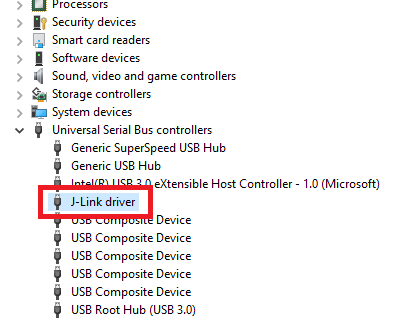
As an access-control device, smart cards ( company badges, university IDs) make personal and business data available only to the appropriate users. SIM cards facilitate billions of conversations that bind together our social and economic worlds. Smart credit cards mediate daily transactions worth trillions of dollars. In the last three decades, these tools, more than any other technology, have quietly taken us all into a virtual world. The smart card has a microprocessor or memory chip embedded in it with the processing power to serve many different applications when coupled with a smart card reader. It's is estimated that between 30 to 50B smart cards are in circulation today. In the form of credit cards and SIM cards, smart cards are the most common form of IT processing power on the planet. 30 to 50B smart cards in circulation today The card reader (or mobile phone) brings the 3V or 1.8 voltage to activate the chip. It's used with a contact or contactless card reader (POS for payments, at the ATM, or even on your mobile phone). The circular metal contact is vital to connect to the chip below and activate the card electrically. 
It integrates a microprocessor, some memory, and some apps.

Let's start with a definition: a smart card is a small portable computer, usually the size of a credit card, without a display and a keyboard. Smart card use cases: payment, IDs, mobile telephony, health.What are the features and benefits of smart cards?.In this dossier, you'll discover critical facts about smart cards:






 0 kommentar(er)
0 kommentar(er)
